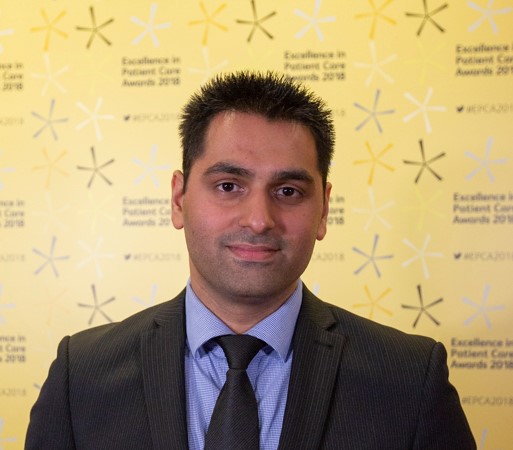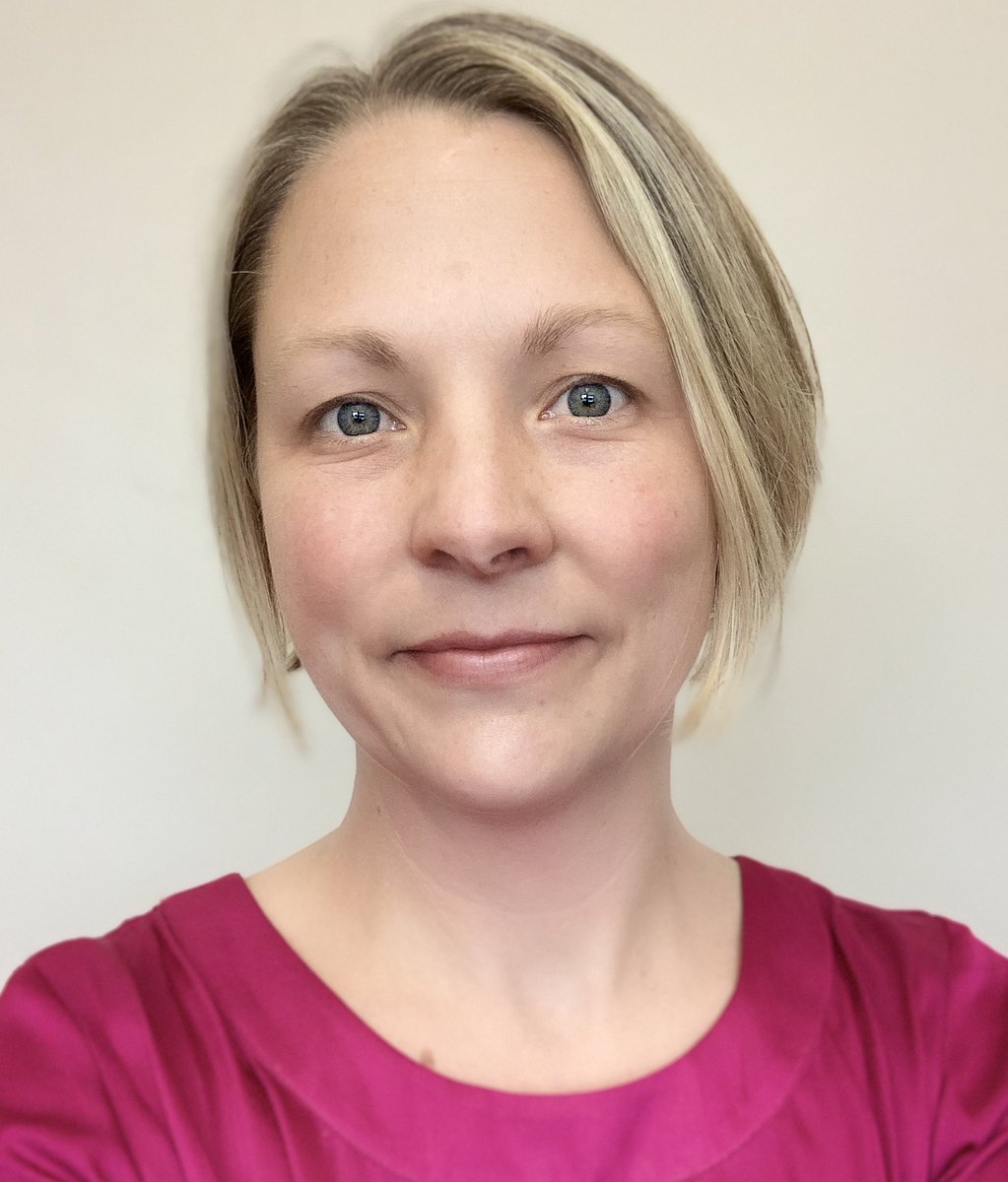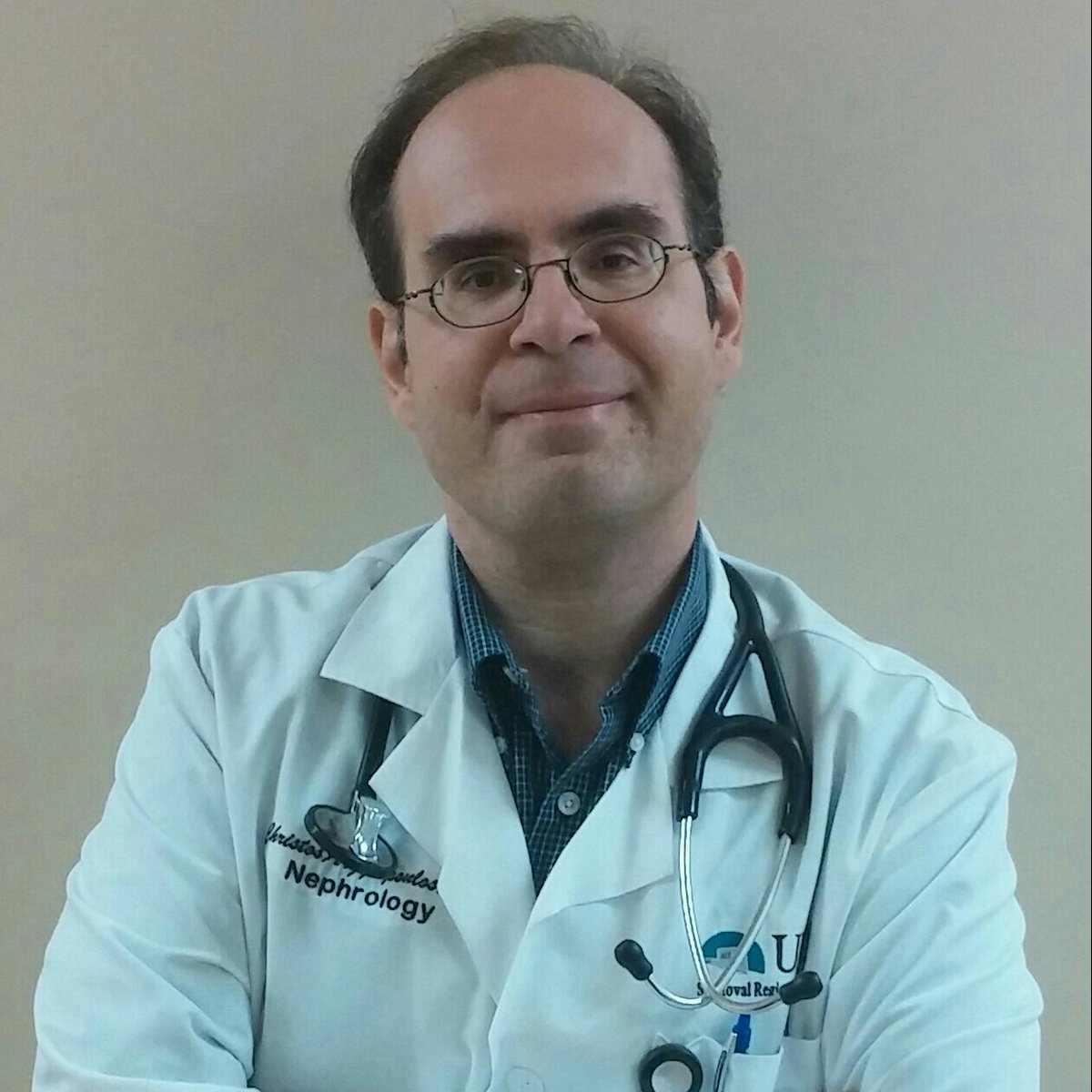
1) Welcome to a new #accredited #tweetorial on optimizing the role of the pharmacist in managing cardiometabolic disease! Accredited for 0.50 hr for #physicians #nurses #pharmacists! Expert faculty is Snehal Bhatt PharmD @SnayCardsPharmD of @BIDMChealth. 

2a) This educational activity is supported by grants from Bayer, Otsuka, & Boehringer Ingelheim Pharmaceuticals Inc. and Eli Lilly Company. See archived programs, all by expert authors, still available for credit at ckd-ce.com.
2b) Accreditation statement and faculty disclosures are at ckd-ce.com/disclosures/. We are your ONLY source for accredited education in CKD and #cardiorenal disease delivered wholly on Twitter. FOLLOW US!
3) First, a poll. The IOM estimates how many Americans are harmed by errors involving prescription medications each year?
4) According to the IOM report “To Err Is Human” an estimated 1.5 million Americans are harmed by prescription medications each year. They also added this was likely to be an underestimate. See 🔓pubmed.ncbi.nlm.nih.gov/25077248/
5) Now that we know how frequent medications errors occur, how commonly is the class of #cardiovascular (#CV) drugs associated with medication errors compared to other reported drug classes?
6a) The class of #CV drugs is quite broad and includes many of the most commonly prescribed medications worldwide. Studies evaluating drug classes resulting in medications errors identify CV drugs in 19-41% of errors involving medications. For examples, see . . .
6b)
pubmed.ncbi.nlm.nih.gov/23378169/ and
pubmed.ncbi.nlm.nih.gov/17950809/ by @cardiomet_CE faculty @johnfanikos
pubmed.ncbi.nlm.nih.gov/23378169/ and
pubmed.ncbi.nlm.nih.gov/17950809/ by @cardiomet_CE faculty @johnfanikos

7) #Pharmacists aid in complex medication management & the IOM recognizes that pharmacist-physician collaboration improves #patientsafety
How can pharmacists help in the care of patients with #cardiometabolic disease? SO many ways! See 🔓pubmed.ncbi.nlm.nih.gov/26541925/
How can pharmacists help in the care of patients with #cardiometabolic disease? SO many ways! See 🔓pubmed.ncbi.nlm.nih.gov/26541925/

8a) To illustrate how pharmacists can optimize the care of patients with #CVD, here’s a case: 61♂️ with #hypertension #dyslipidemia #diabetes, 20yr 🚬.
VS: 148/94, HR 75
HDL 38, LDL 108, A1c 8.0%, eGFR 55
Meds lisinopril 10 qd, atorvastastin 20 qd, metformin 1000 bid
VS: 148/94, HR 75
HDL 38, LDL 108, A1c 8.0%, eGFR 55
Meds lisinopril 10 qd, atorvastastin 20 qd, metformin 1000 bid
8b) We can see his #BP is not at goal. Adding a pharmacist to his care team could improve his #SBP by how much?
9) Meta-analyses on the role of the #pharmacist in #BP mgt ➡️improvement in SBP of 6 - 8 mmHg.
🔓pubmed.ncbi.nlm.nih.gov/21911628/
🔓pubmed.ncbi.nlm.nih.gov/23173140/
Aside from med selection & titration, patient #adherence, #knowledge, & #QoL all improved w/ pharmacist care added to the CV team
🔓pubmed.ncbi.nlm.nih.gov/21911628/
🔓pubmed.ncbi.nlm.nih.gov/23173140/
Aside from med selection & titration, patient #adherence, #knowledge, & #QoL all improved w/ pharmacist care added to the CV team
10) One more point – the impact of a #pharmacist is not unique to one single practice area. Pharmacists practicing in clinics, in-hospital and in community pharmacies all help improve #BP when involved in patient care.
11a) Speaking of community pharmacists - the #RxEACH study was a randomized trial that evaluated the effectiveness of community pharmacists' interventions on #CV risk: 🔓pubmed.ncbi.nlm.nih.gov/27058907/
11b) Patients enrolled were similar to our patient – high risk for #CVD from: #diabetes or #GFR < 60 mL/min or #polyvascular disease, #Framingham risk > 20%, current #smoker, + ≥ 1 uncontrolled risk factor (BP, LDL, A1c > 7%). 

11c) Patients randomized to the pharmacist group received Medication Therapy Management (#MTM) consultation. Pharmacists assessed BP measurements, fasting lipids, A1c, GFR, etc. They also provided Rx recommendations (adding, titrating therapies)
11d) The primary outcome was the difference in change in estimated cardiovascular risk between intervention and usual care groups at 3 months. How did pharmacist intervention impact cardiometabolic risk at 3 months?
11e) There was a 2⃣1⃣% relative ⤵️ in #CV Risk (5.4% absolute risk reduction)! How did they do that? Specific improvements in:
• LDL: - 7.7 mg/dL
• SBP – 9.37 mm Hg
• 20.2% difference in smoking cessation

• LDL: - 7.7 mg/dL
• SBP – 9.37 mm Hg
• 20.2% difference in smoking cessation


12) Let’s circle back to our patient. His A1c is 7.8%, only taking metformin. If you wanted to initiate an #SGLT2 Inhibitor, pharmacists can assist in many ways: which agent is most affordable, how to dose for renal function, what to monitor . . . 

13) Pharmacists advise both patients and prescribing physicians in this regard! @Sglt2inhibitorL #SGLT2i @GoggleDocs @drricardocorrea @RpratleyMD @cpcannon @AmDiabetesAssn @goKDIGO @HannahBeba @claireyrivs @beaverspharmd
14) Perhaps instead the patient is initiating #insulin. Need someone to teach our patient how/where to inject? #Pharmacists will gladly educate him. Best injection sites: abdomen, thigh, upper arm. Don’t forget to rotate sites! 





15) Pharmacists caring for patients with #cardiometabolic risk are well trained and eager to participate in optimizing their care. Here’s the training pharmacists complete. Many maintain board certification and #multidisciplinary credentialing 

16) Before we conclude, let’s review how pharmacists can optimize the care of patients with #cardiometabolic risk:
•Reduce medication errors
•Improve #CV risk-factor control
•Enhance #knowledge, #adherence and #QoL
•Reduce medication errors
•Improve #CV risk-factor control
•Enhance #knowledge, #adherence and #QoL
17) So you made it! 🆓 CE/CME! #Physicians #pharmacists #nurses #NPs #PAs: go to ckd-ce.com/foundation4/ and claim your credit! I am @SnayCardsPharmD. Follow @ckd_ce (and @cardiomet_CE) for more tweetorials! #medtwittter #cardiotwitter #pharmacisttwitter #FOAMed
• • •
Missing some Tweet in this thread? You can try to
force a refresh









